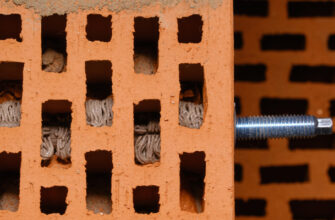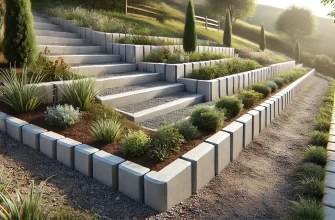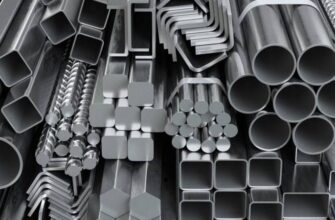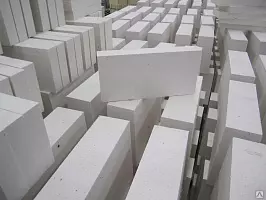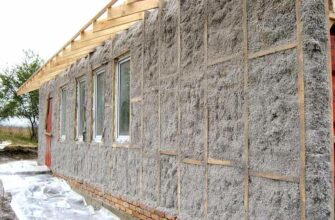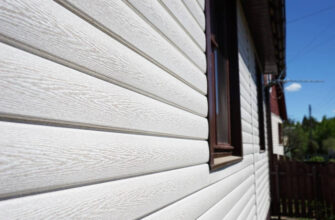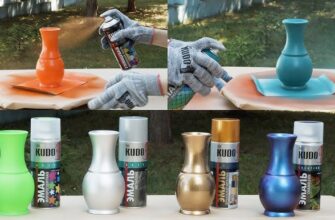Parquet – this is one of the most popular and beautiful types of flooring, which lasts a long time and gives the room comfort and elegance. However, over time, parquet may lose its original appearance., scratches will appear, chips, darkening, cracks or dents. In such cases, it is necessary to restore the parquet, to restore its quality and aesthetics.
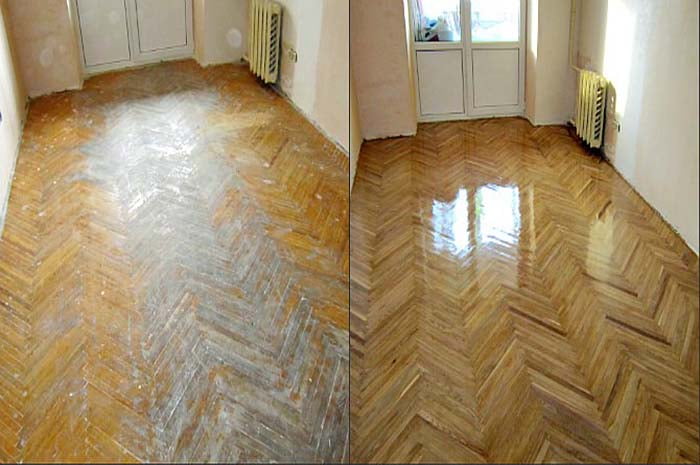
Parquet restoration – This is a complex of works to update the surface of the material, which include:
- cleaning from dirt, dust and old varnish;
- grinding to level and remove defects;
- filling gaps and cracks with special compounds;
- tinting or dyeing to give the desired shade;
- varnish for protection and shine.
When is parquet restoration needed??
Parquet restoration needed in the following cases:
- when the parquet lost its color, shine or texture;
- when scratches appeared on the parquet, chips, darkening or spots;
- when the parquet was deformed due to moisture, temperature changes or mechanical influences;
- when the parquet has worn out due to intensive use or improper care.
How to restore parquet?
Parquet restoration – this is a complex and time-consuming process, which requires certain skills, tools and materials. Therefore, it is recommended to contact professional specialists, who can do the job efficiently and quickly. However, if you want to do the restoration of the parquet yourself, then you need to follow the following steps:
Training
Before starting restoration, it is necessary to prepare the room and surface. For this you need:
- clear the room of furniture, carpets and other items;
- close windows and doors, to prevent dust and drafts from entering;
- turn off heating and ventilation, to avoid drying out or swelling of the wood;
- check the condition of the parquet and determine the extent of its damage;
- remove all nails, staples, tape and other foreign elements;
- clean the parquet from dirt, dust and old varnish with a brush, rags and special solvents.
Grinding
Grinding – this is one of the most important stages of parquet restoration, which allows you to level the surface, remove defects and prepare the wood for further processing. For grinding you need to use special machines: grinding machine, angle grinder and sanding machine. Parquet sanding is carried out in several stages:
- rough sanding using a sander and coarse abrasive paper (40-60 grit) for removing old varnish and deep scratches;
- medium sanding using a sander and medium-grain abrasive paper (80-100 grit) for leveling the surface and eliminating minor defects;
- fine sanding using a sanding machine and fine-grained abrasive paper (120-150 grit) to give parquet smoothness and evenness;
- Angle grinding using an angle grinder and abrasive paper of different grits for hard-to-reach areas, such as corners, skirting boards and walls.
After each sanding step, dust must be carefully removed using a vacuum cleaner., rags or brushes.
Filling
Filling – This is the stage of parquet restoration, which consists of filling the gaps, cracks and other irregularities with special compounds. You can use different materials for filling, such as the:
- acrylic or polyurethane kit, which is suitable for small crevices and cracks, easy to apply and dries quickly;
- putty based on wood flour or dust, which is suitable for large gaps and cracks, fills space well and has a wood color;
- glue based on PVA or epoxy resin, which is suitable for gluing chipped or peeling parts of parquet.
To fill the parquet, you must follow the instructions of the manufacturer of the selected material., apply it to the surface using a spatula or gun, distribute evenly over cracks and crevices, remove excess and let dry.
Tinting or staining
Tinting or staining – This is the stage of parquet restoration, which allows you to give the parquet the desired shade, hide flaws or change the interior style. You can use different products for tinting or coloring., such as the:
- mordent, which penetrates the structure of the tree and changes its color, preserving the natural pattern;
- dye, which creates a film on the surface of the wood and completely covers its color and texture;
- wax, which gives the parquet a matte or semi-matte effect, protects wood from moisture, dirt and scratches, but doesn't change its color.
For tinting or coloring, you need to choose the appropriate product depending on the desired result., type and species of wood, condition and thickness of parquet. You also need to consider, that tinting or staining may affect its subsequent varnishing, therefore, you need to coordinate the choice of product with the varnish manufacturer. To tint or stain parquet, you must follow the manufacturer's instructions for the product you choose., apply it to the surface with a brush, roller or spray, distribute evenly over the entire area, remove excess and let dry.
Varnishing
Varnishing – This is the final stage of parquet restoration, which gives the parquet protection, shine and durability. To varnish parquet you can use different types of varnishes, such as the:
- polyurethane varnish, which forms a durable and wear-resistant film on the surface of the wood, but it has a strong smell and takes a long time to dry;
- acrylic lacquer, which forms an elastic and waterproof film on the surface of the wood, but less durable and shiny, than polyurethane varnish;
- alkyd varnish, which forms a hard and glossy film on the surface of the wood, but turns yellow over time and requires a special solvent to remove;
- oil varnish, which penetrates the structure of the wood and gives it a natural look and matte finish, but does not protect against moisture and dirt.
To varnish parquet, you need to choose a suitable varnish depending on the type and species of wood, condition and thickness of parquet, desired effect and operating conditions. You also need to consider, that the varnish must be compatible with the previous layer of tinting or staining. You also need to follow the manufacturer's instructions for the selected varnish., apply it to the surface with a brush, roller or spray, distribute evenly over the entire area, remove excess and let dry. Parquet varnishing is carried out in several layers (usually 2-3), Between which you need to carry out intermediate grinding using fine-grained abrasive paper (180-220 grit) to improve adhesion.
Output
Parquet restoration – This is an effective way to update your flooring without completely replacing it.. It allows you to restore the quality and aesthetics of parquet, eliminate defects and give it a new look. The restoration consists of five main stages: preparation, grinding, filling, tinting or painting and varnishing. To work you need to use special tools, materials and means, and also comply with technology and work safety. Parquet restoration – this is a complex and time-consuming process, which requires certain skills, Therefore, it is recommended to contact professional craftsmen, who can do the job efficiently and quickly.
